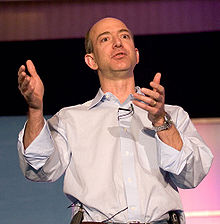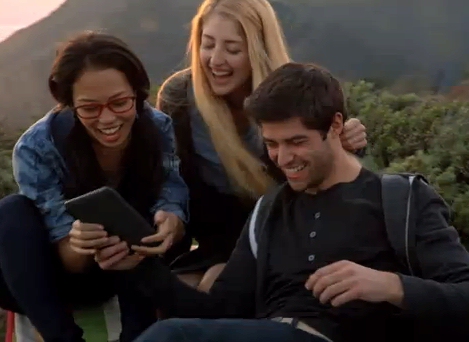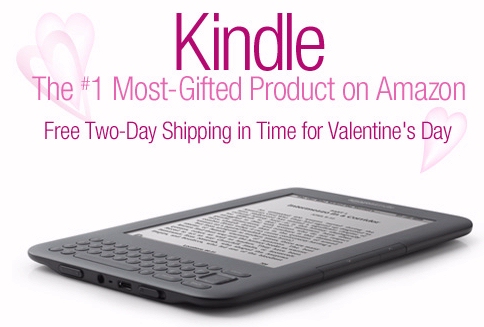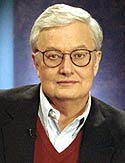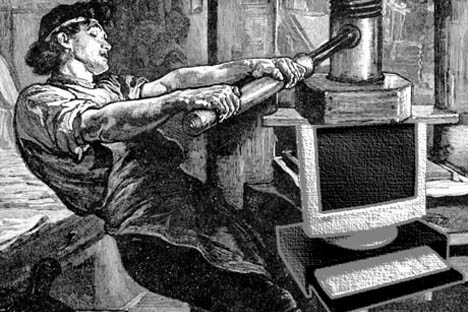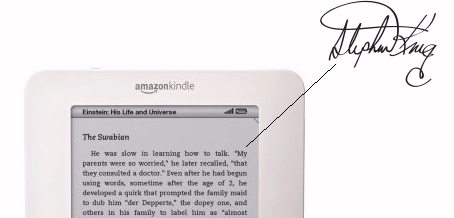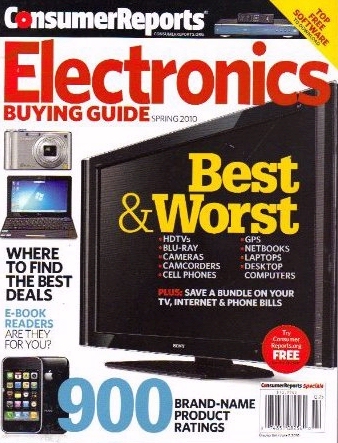
Here’s the most interesting Kindle-related thing that happened last week. When Amazon announced their quarterly earnings, CEO Jeff Bezos also issued a five-page personal letter addressed to Amazon’s investors. Its headline? “Why I, Jeff Bezos, Keep Spending Billions On Amazon R&D.”
In just the first three months of 2011, Amazon spent $579 million on “technology and content” costs, an increase of more 58% over the same period one year ago, according to Amazon’s quarterly report. But Bezos addressed that issue head-on, in a strongly-worded letter that felt confident and even a little boastful. “Walk into certain Amazon meetings, and you may momentarily think you’ve stumbled into a computer science lecture,” Jeff Bezos wrote, saying Amazon’s engineers are taking computer science beyond anything that’s taught in colleges todays. “Many of the problems we face have no textbook solutions, and so we — happily — invent new approaches.”
The letter was so positive, the Seattle Times even theorized that Bezos was trying to entice new technology workers towards the new job openings Amazon’s headquarters. But I liked seeing Bezos’s personal pride in his company as he argued that Amazon’s highly specialized technology “is deeply integrated into everything we do.” And the example he supplied? The Kindle — specifically, its Whispersync service, which now even serves Android phones, as well as Kindles which can go for weeks without connecting to Amazon’s network. Bezos proudly explained its complexity, describing Whispersync’s mission as insuring that “everywhere you go, no matter what devices you have with you, you can access your reading library and all of your highlights, notes, and bookmarks, all in sync across your Kindle devices and mobile apps.”
“The technical challenge is making this a reality for millions of Kindle owners, with hundreds of millions of books, and hundreds of device types, living in over 100 countries around the world – at 24 x 7 reliability… As a Kindle customer, of course, we hide all this technology from you. So when you open your Kindle, it’s in sync and on the right page. To paraphrase Arthur C. Clarke, like any sufficiently advanced technology, it’s indistinguishable from magic.
The letter offered a fun peek into the head of the man who runs Amazon — and it shows that he’s still got great confidence in Amazon’s futures. But my favorite part was how Bezos concluded his testimonial by republishing a letter that he’d written to investors in 1997, saying “Our approach remains the same, and it’s still Day 1.” Re-publishing it has apparently become a yearly tradition for Bezos, and it’s amazing
just how much of it remains absolutely applicable to the year 2011. And even 14 years later, it’s still an exciting read.
Here’s my favorite parts…
To our shareholders:Amazon.com passed many milestones in 1997: by year-end, we had served more than 1.5 million customers, yielding 838% revenue growth to $147.8 million, and extended our market leadership despite aggressive competitive entry.
But this is Day 1 for the Internet and, if we execute well, for Amazon.com. Today, online commerce saves customers money and precious time. Tomorrow, through personalization, online commerce will accelerate the very process of discovery…
We have a window of opportunity as larger players marshal the resources to pursue the online opportunity and as customers, new to purchasing online, are receptive to forming new relationships…Our goal is to move quickly to solidify and extend our current position while we begin to pursue the online commerce opportunities in other areas. We see substantial opportunity in the large markets we are targeting. This strategy is not without risk: it requires serious investment and crisp execution against established franchise leaders.
We believe that a fundamental measure of our success will be the shareholder value we create over the long term. This value will be a direct result of our ability to extend and solidify our current market leadership position…
- We will continue to focus relentlessly on our customers.
- We will continue to make investment decisions in light of long-term market leadership considerations rather than short-term profitability considerations or short-term Wall Street reactions.
- We will continue to measure our programs and the effectiveness of our investments analytically, to jettison those that do not provide acceptable returns, and to step up our investment in those that work best. We will continue to learn from both our successes and our failures.
- We will make bold rather than timid investment decisions where we see a sufficient probability of gaining market leadership advantages. Some of these investments will pay off, others will not, and we will have learned another valuable lesson in either case…
- At this stage, we choose to prioritize growth because we believe that scale is central to achieving the potential of our business model…
The past year’s success is the product of a talented, smart, hard-working group, and I take great pride in being a part of this team. Setting the bar high in our approach to hiring has been, and will continue to be, the single most important element of Amazon.com’s success… we are working to build something important, something that matters to our customers, something that we can all tell our grandchildren about. Such things aren’t meant to be easy.We are incredibly fortunate to have this group of dedicated employees whose sacrifices and passion build Amazon.com…
